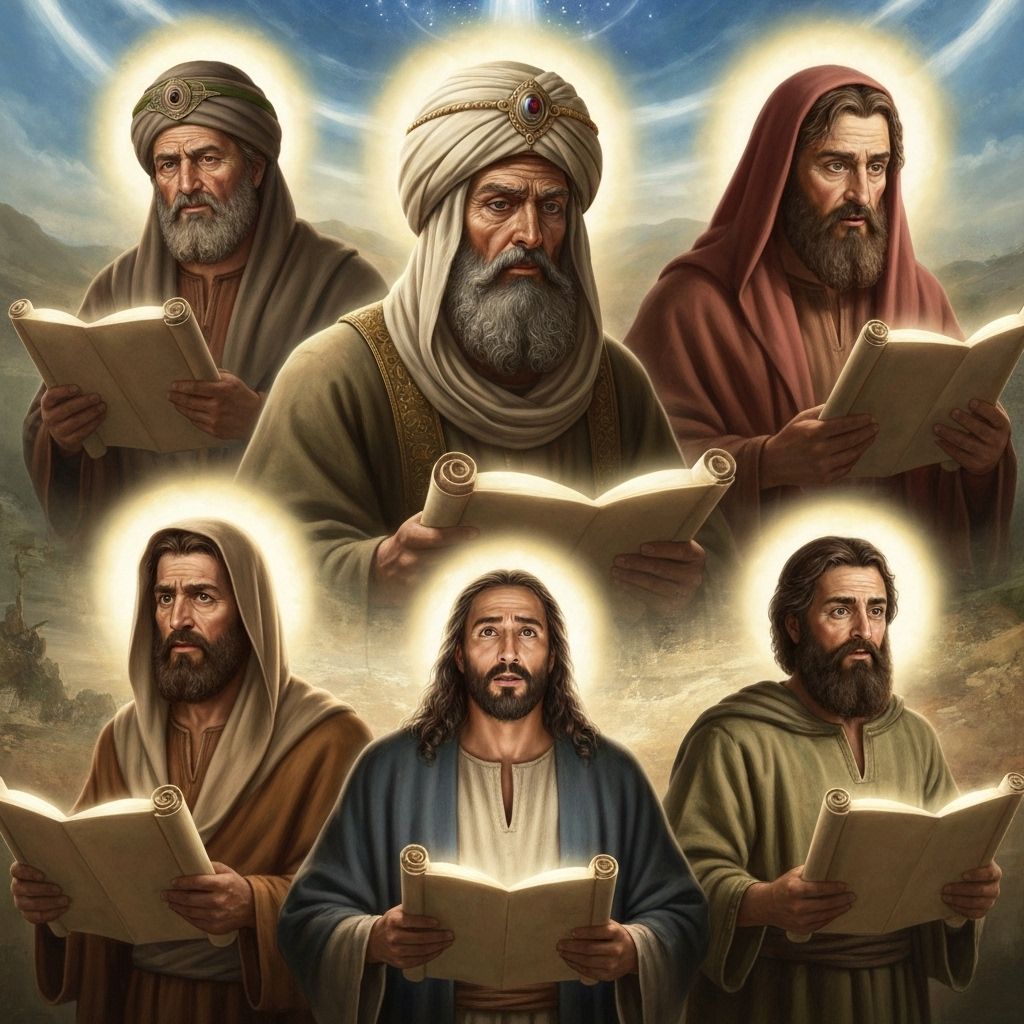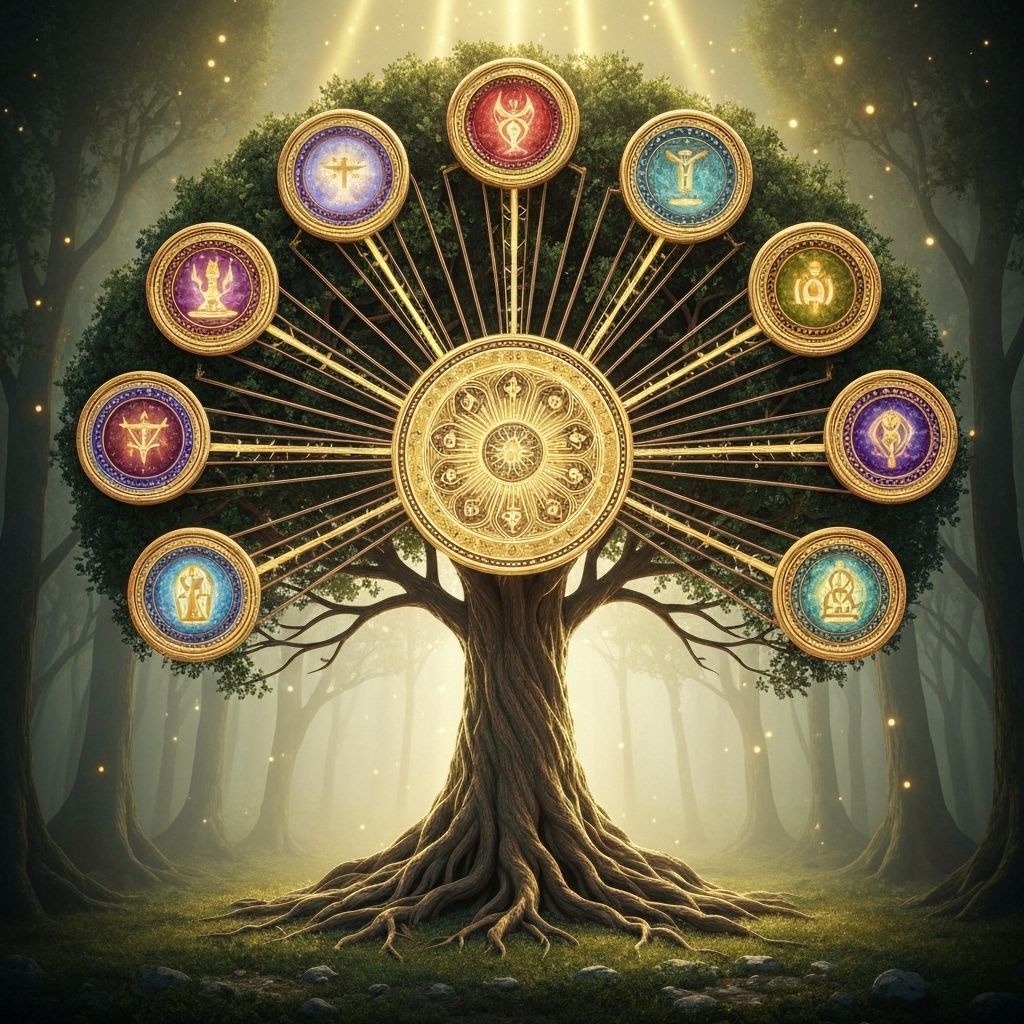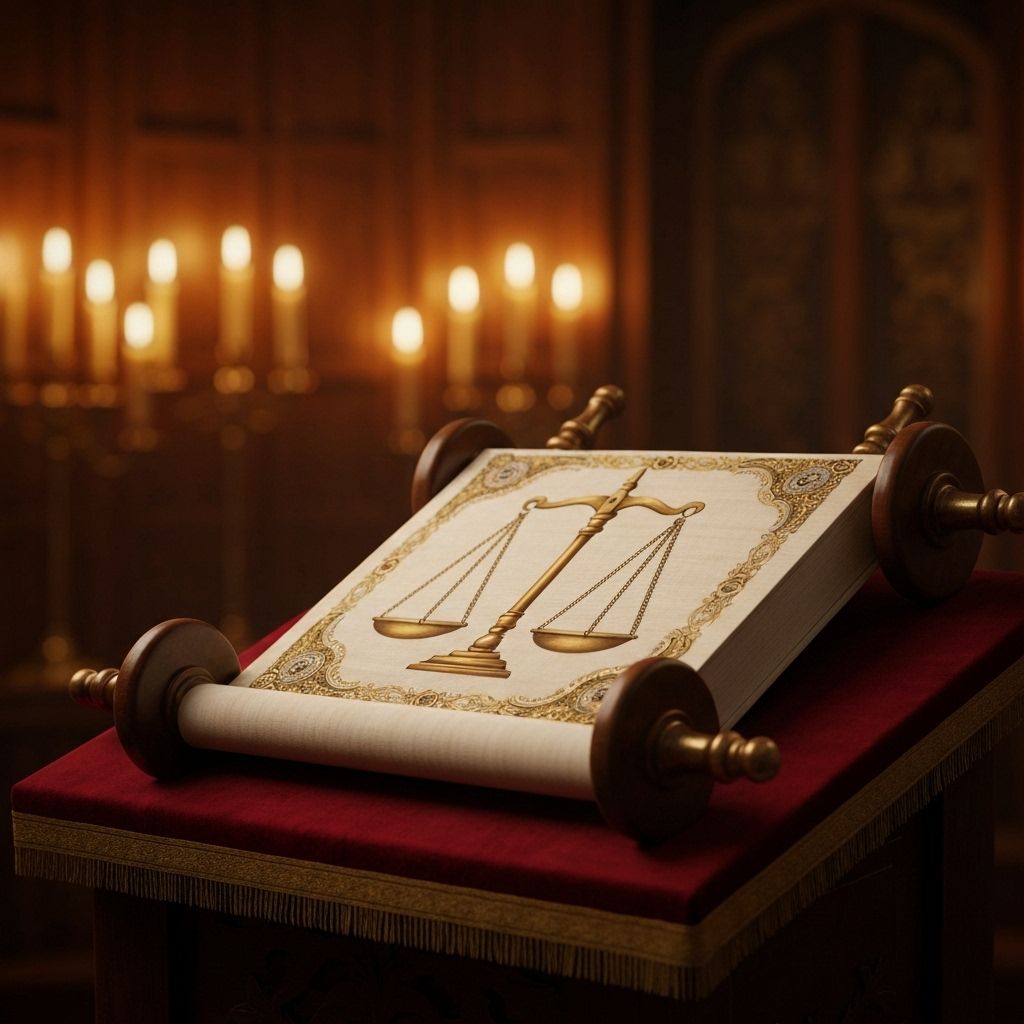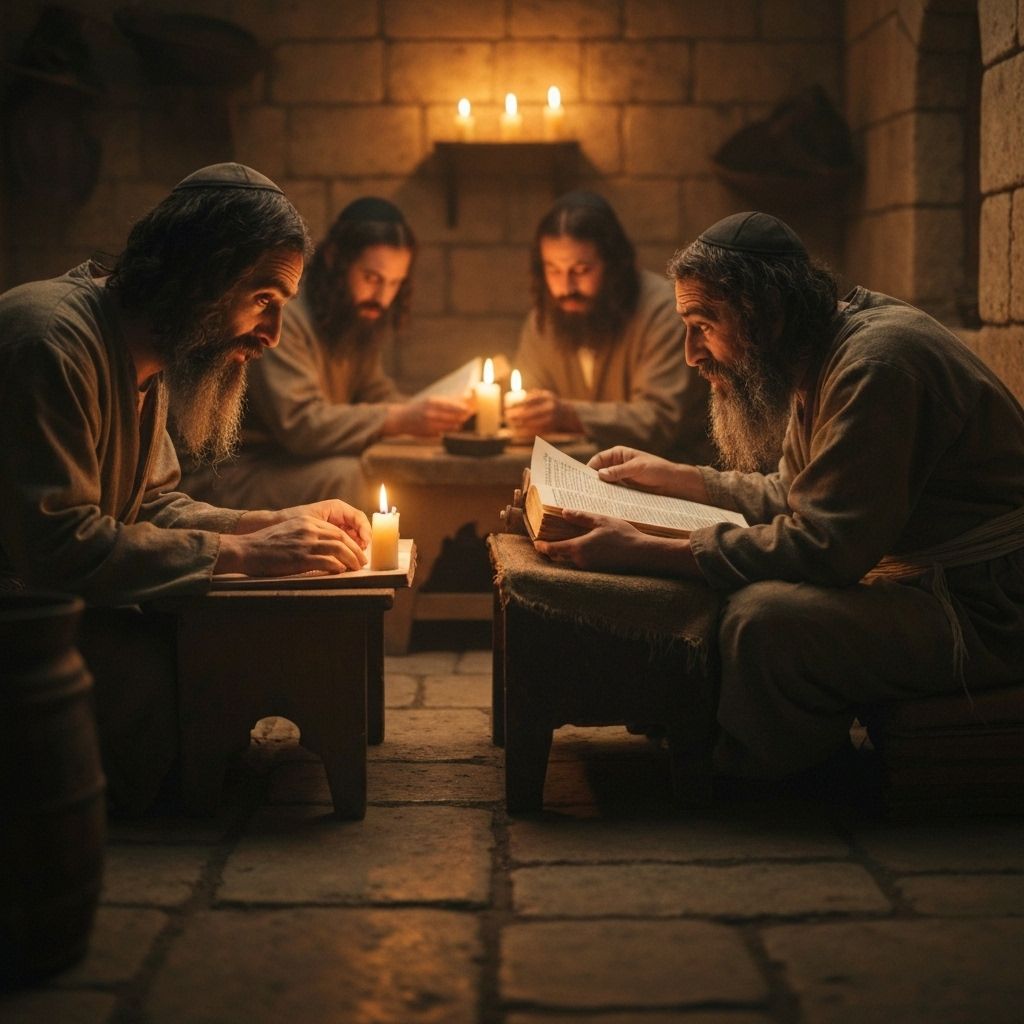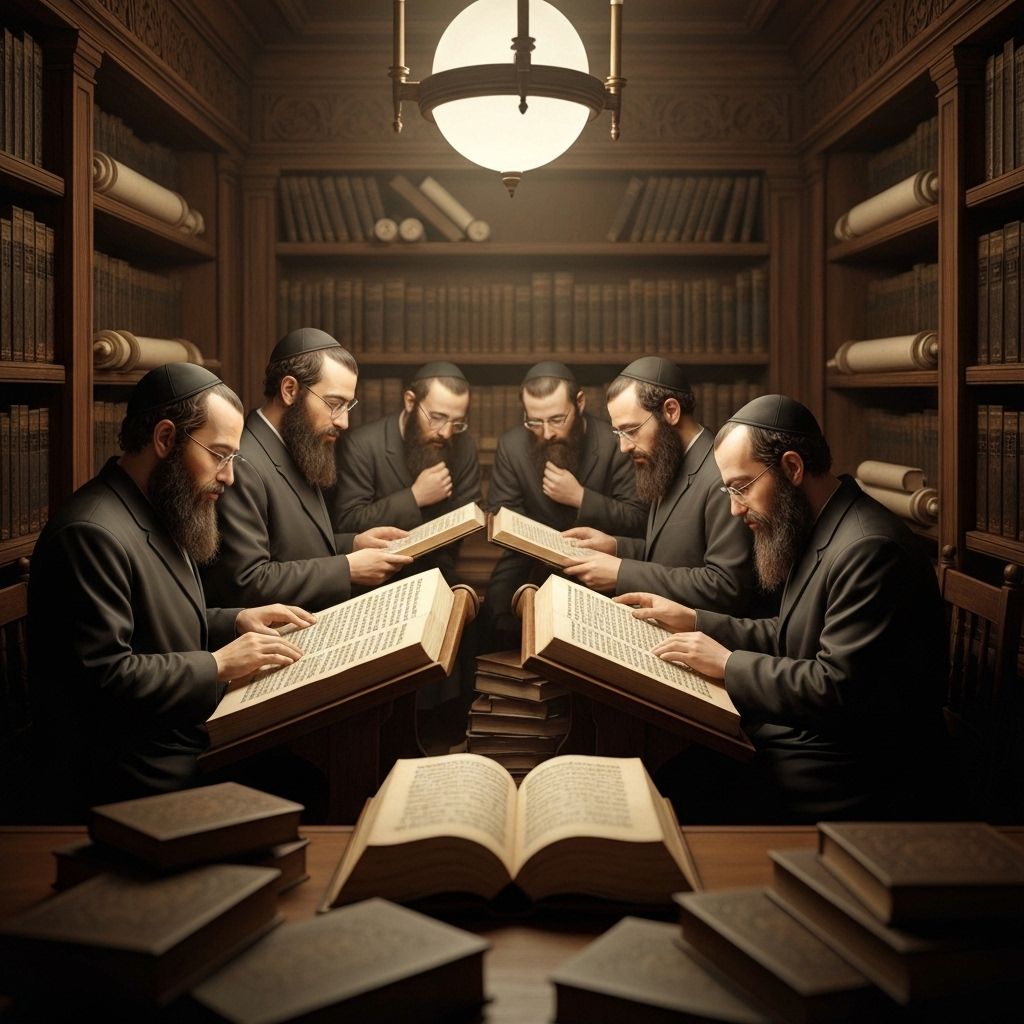3-Minute Summary
The Words of the Torah Explained with Help from Rashi and Ramban
Rashi (1040-1105) was a medieval French rabbi whose commentary on the Torah and Talmud is considered essential reading. His explanations focus on the plain meaning of the text and are known for their clarity and accessibility.
Ramban (1194-1270) was a Spanish rabbi, physician, and philosopher who provided deeper mystical and philosophical insights into the Torah, often building upon Rashi's work while adding his own profound interpretations.
The parsha begins with the fundamental command to be holy because Hashem is holy, establishing that holiness is the purpose of human existence and the goal of divine creation. This holiness is not just for priests but for all Israelites.
The laws of honoring parents create the foundation of ethical relationships, showing that respect for authority figures creates stable families and societies. This commandment bridges the first four commandments (relationship with Hashem) and the remaining six (relationships with others).
The Shabbat observance reinforces the creation narrative and the covenant, showing that resting on the seventh day is both a commemoration of divine work and a participation in divine rhythm. Shabbat holiness affects the entire household, including servants and animals.
The prohibition against idolatry and the requirement for proper offerings emphasize that true worship requires sincerity and adherence to divine specifications. Idolatry represents not just false gods but false priorities that distract from genuine divine service.
The commandment to love one's neighbor as oneself establishes ethical reciprocity as the foundation of social relationships. This principle requires empathy, fairness, and active care for others' welfare, not just passive non-harm.
The laws protecting the vulnerable—strangers, orphans, widows—show that social justice is integral to holiness. A holy society measures its success not by power or wealth but by how it cares for those who cannot care for themselves.
The prohibition against cursing the deaf or placing stumbling blocks before the blind establishes that holiness requires sensitivity to others' vulnerabilities. True ethical behavior considers not just actions but their impact on others' dignity and safety.
The laws of honest business practices—fair weights, honest speech, impartial justice—show that holiness extends to commerce and judicial procedures. Ethical behavior in business and courts reflects divine justice in human society.
The parsha concludes by emphasizing that holiness must be visible and comprehensive, affecting how Israelites dress, eat, and interact with the natural world. Holiness is not compartmentalized but integrates divine standards into every aspect of life.



